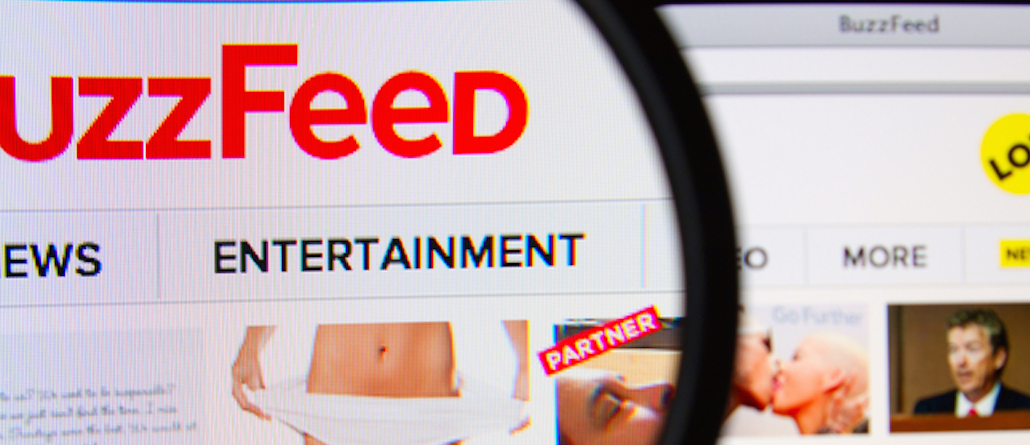
BuzzFeed Motion Pictures, the video production arm of the digital publisher, is bringing its brand video product to U.K. marketers with a new campaign for coffee chain Costa.
In the video, which does not have a release date yet, Brits are asked what makes them happy, with answers ranging from a quintessentially British a cup of tea, to fancy dress parties. Both Costa and BuzzFeed were keen to amplify the idea of Britishness in this campaign.
“It was also important for us to be first,” said Caroline Harris, U.K. and Ireland marketing director for Costa, after the announcement event. The coffee company has a track record of experimenting on social platforms, and has recently run campaigns on Periscope. Around 50 percent of BuzzFeed’s viewers are 18-34-year-olds, Costa’s key target audience, also making the BuzzFeed partnership a good fit for extending its reach.
Harris wants at least 1 million views from this video, two-thirds of which will be paid, allowing for a combination of targeting specific audiences and letting the content move in an organic way.
Tapping into a specific identity has worked well for BuzzFeed Motion Picture’s editorial content, with posts like “What It’s Like to Be Left-Handed in a Right-Handed World” getting nearly 2 million views. BuzzFeed is finding success with videos that don’t rely on language to get their point across, allowing them to scale across national borders.
BuzzFeed Motion Pictures is the biggest driver of the company’s growth and now counts 2.9 billion monthly views across 30 platforms and 11 languages.
“Our revenue contribution to the company mirrors, in a laggard way, our growth,” said Ze Frank, president of BuzzFeed Motion Pictures. “In the last three years, we have gone from zero to almost 3 billion views a month, in the same way our revenue is accelerating as a percentage of that.”
BuzzFeed Motion Pictures opened in 2012. The U.K. is the “epicenter of non-U.S.-expansion,” said Frank, who is responsible for successes like Purina’s “A Cat’s Guide to Taking Care of a Human,” which now has nearly 10 million views and was born out of a two-year relationship with Nestlé.
Frank accused the advertising industry of copying something popular, only to get diminishing returns. Instead BuzzFeed figures out how the content would be used to connect with another person over social and mobile, reinforcing the importance of tapping into specific identities.
“In the U.K., the diversity of culture is unlike anything in the United States,” said Frank, citing the combination of history, regionality and a cultural mix. “Having people in media that have not been represented in media before, that’s a massive opportunity.”
The company has adopted a distributed approach to seeding its videos across 30 different platforms, which has increased its views, but there are limitations when it comes to measurement. Each platform is measuring views and engagement completely differently, and BuzzFeed thinks it is well-placed to help reconcile this.
“The only way to do it is with a lot of scale and with big brand partners to help,” said Frank. “I wouldn’t be excited about it if we were a tenth of the size; it’s that partnership with the brands that’s going to do it.”
More in Media

Here are the biggest moments in AI for publishers in 2025
Here are some of the moments that defined how publishers adapted to the AI era this year.

Digiday+ Research roundup: Gen Z news consumption and diversification in the DSP space were 2025’s top trends
As 2025 winds down, we rounded up the biggest trends of the year, based on the data that resonated the most with Digiday’s readers.

What publishers are wishing for this holiday season: End AI scraping and determine AI-powered audience value
Publishers want a fair, structured, regulated AI environment and they also want to define what the next decade of audience metrics looks like.





